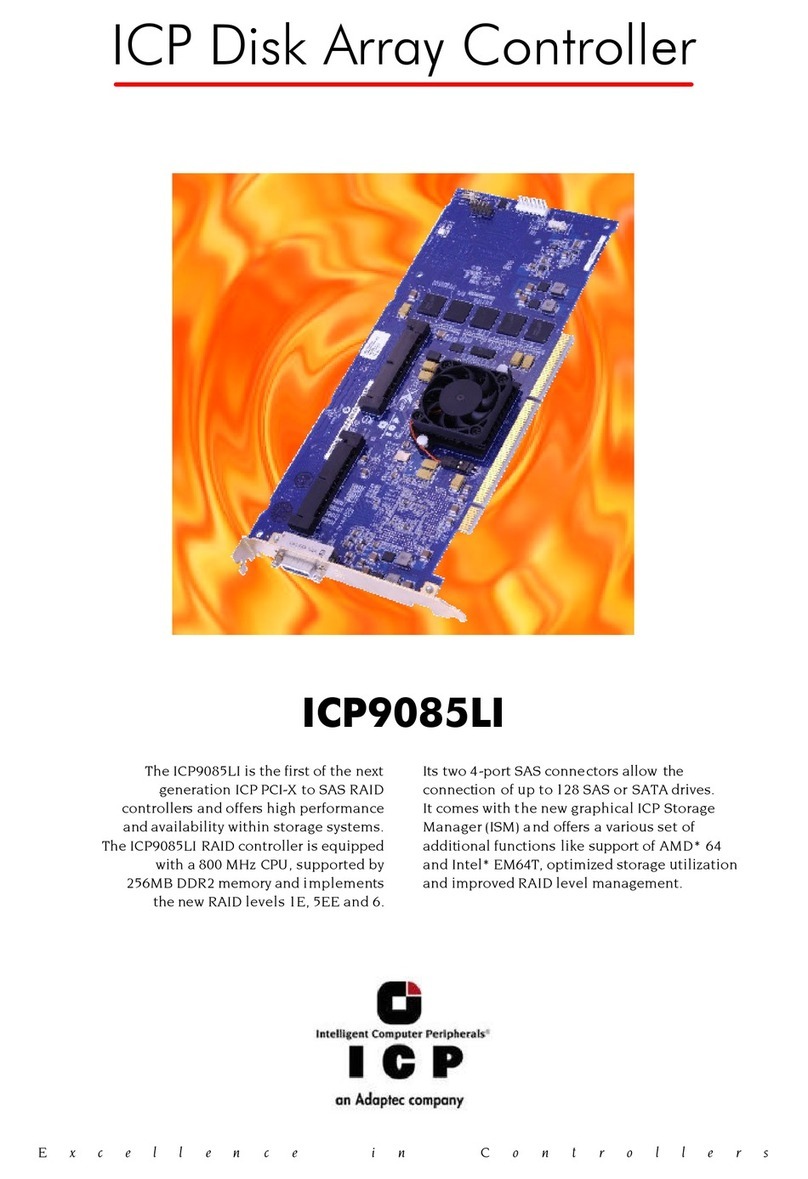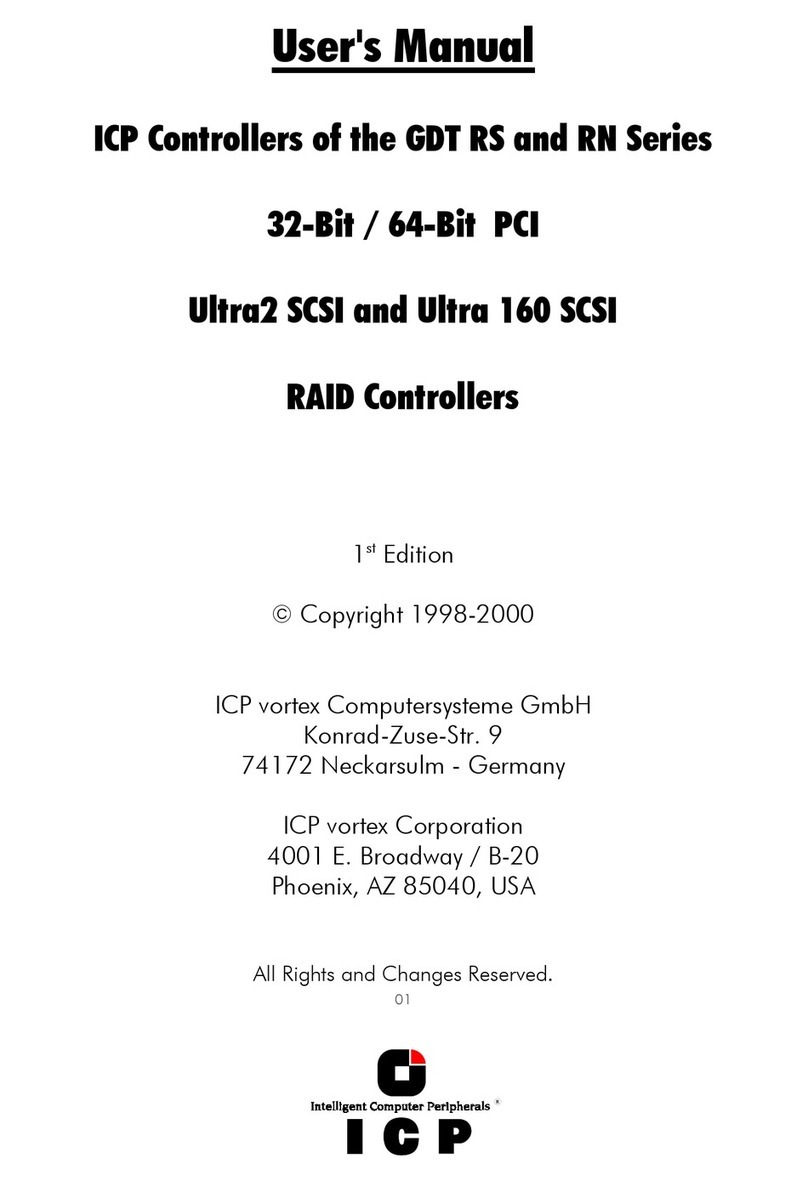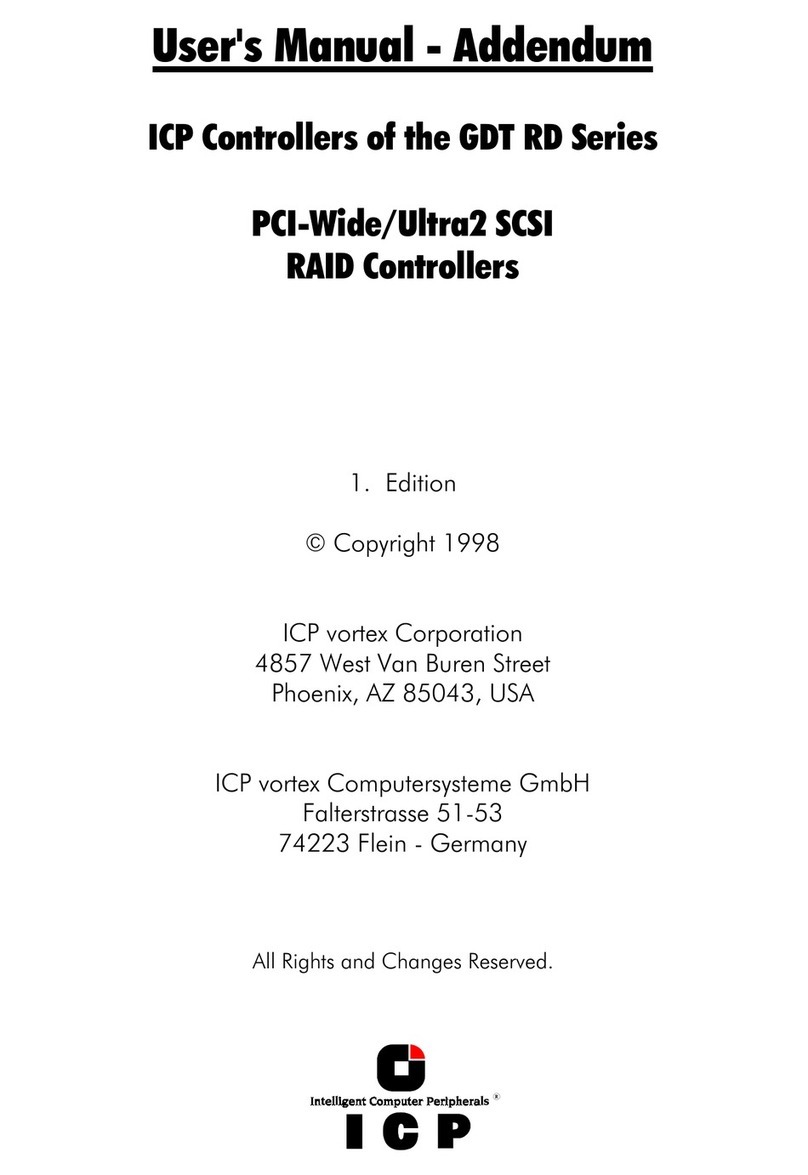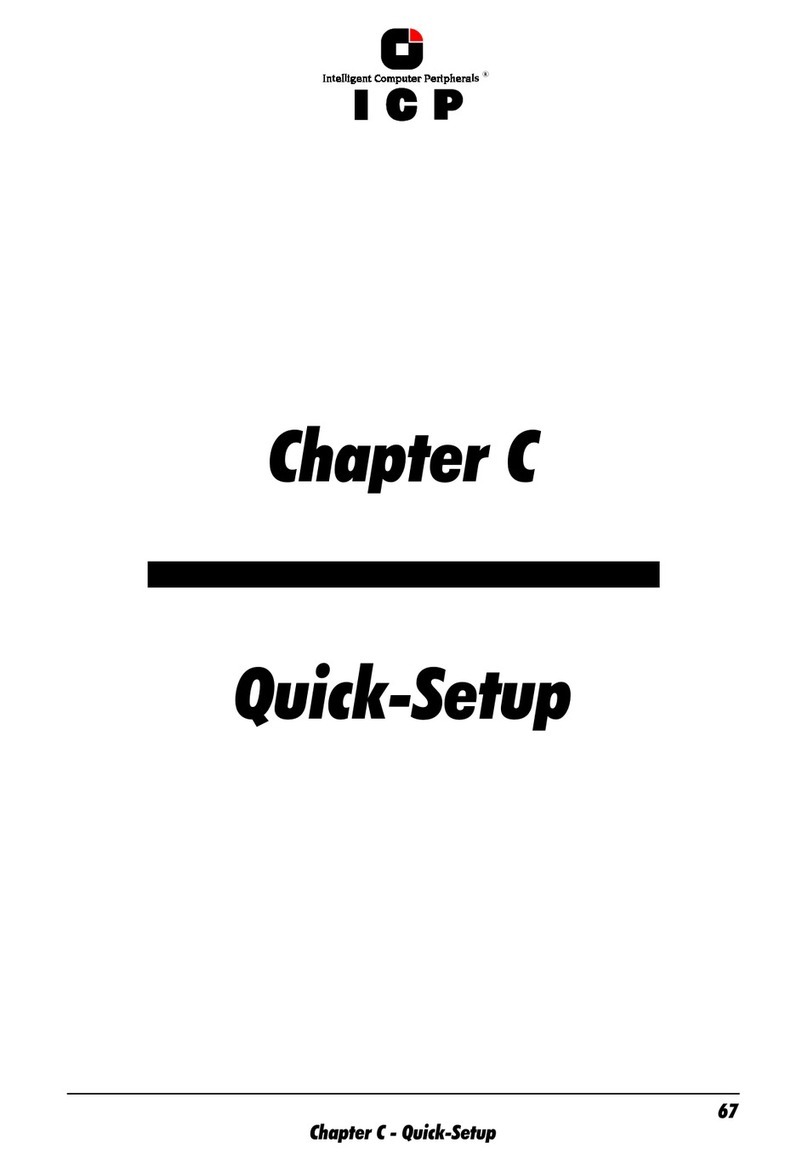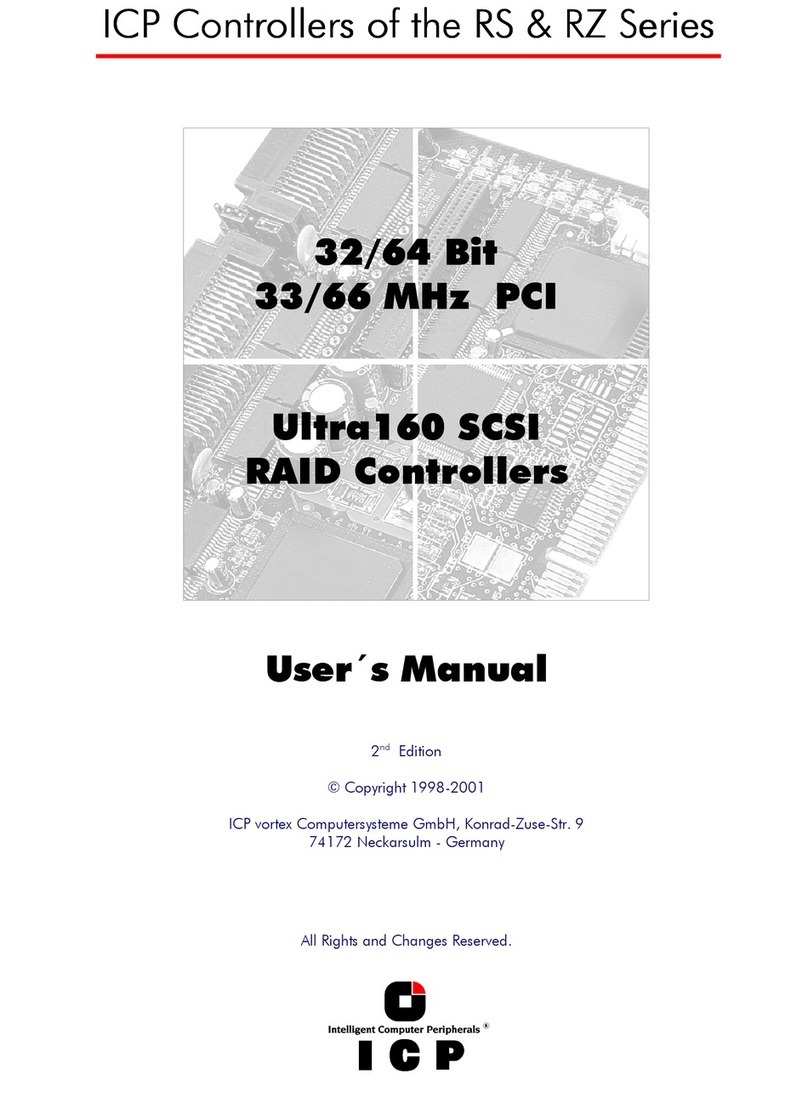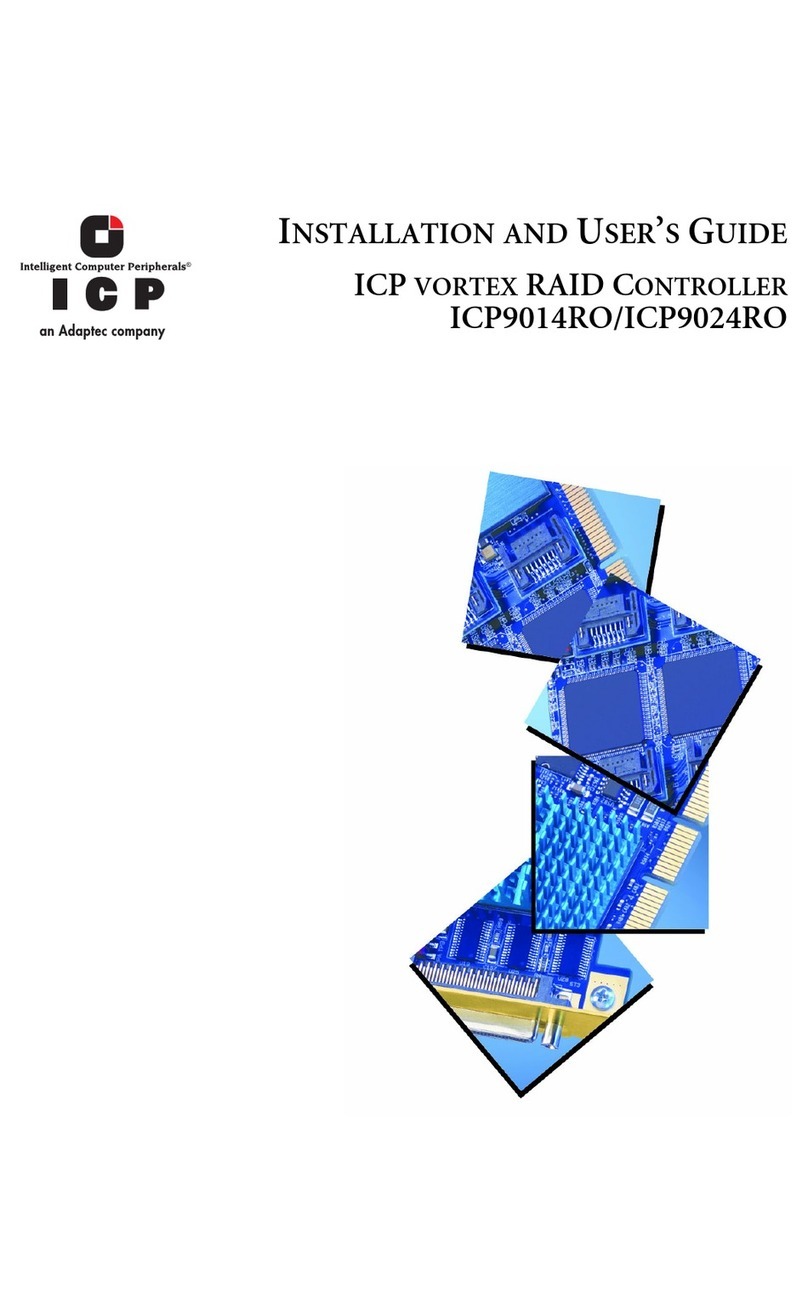Hardware Installation and User’s Guide 3
Contents
1 Getting Started
1.1 Using the User Documentation Set ...............................................................................................5
1.1.1 Document Formats ......................................................................................................6
1.2 About This Guide...........................................................................................................................6
1.3 Customer Support Contact Information .........................................................................................7
1.4 Regulatory and Certification Information .......................................................................................7
1.4.1 Product Regulatory Compliance .................................................................................. 7
1.4.2 Product Safety Compliance .........................................................................................7
1.4.3 Product EMC Compliance ...........................................................................................7
1.4.4 Product Regulatory Compliance Markings ..................................................................7
1.4.5 Electromagnetic Compatibility Notices ........................................................................7
1.5 Warnings and Cautions .................................................................................................................9
2 Hardware Installation
2.1 About this Chapter.......................................................................................................................11
2.2 Installation Procedures................................................................................................................11
2.2.1 Computer System Hardware Requirements ..............................................................11
2.2.2 Installing the ICP RAID Controller .............................................................................12
2.3 Programming the Flash Memory .................................................................................................13
2.4 SCSI Termination ........................................................................................................................13
2.5 Configurable Disk Drive SCSI Parameters..................................................................................14
2.6 Configurable I/O Controller SCSI Parameters.............................................................................14
3 Hardware Specifications and Features
3.1 ICP RAID Controller Hardware Features.....................................................................................15
3.1.1 Key Features .............................................................................................................15
3.2 Operating System Support ..........................................................................................................16
3.3 Supported SCSI Technology .......................................................................................................17
3.3.1 Supported Hard Drive Technology ............................................................................17
3.3.2 Support for Non-Hard-Disk-Drive SCSI Devices (Non-Direct-Access Devices) ........18
3.4 RAID Array Drive Roaming .........................................................................................................19
3.5 Optional Features........................................................................................................................19
3.6 RAID Controller Drive Limitations (Host, Array, Logical, and Physical).......................................19
A Flash Memory Programming
A.1 About Firmware Files..................................................................................................................21
A.2 Choosing Update vs. Recover ....................................................................................................21
A.3 Setting Jumper J1B1 ..................................................................................................................21
A.4 Updating or Recovering Firmware Using the FRUU...................................................................22
A.4.1 Creating Firmware Diskettes from the CD-ROM Autorun Menu ................................23
A.4.2 Creating Firmware Diskettes from the Bootable RAID Software Suite CD-ROM ......24
A.4.3 Running the FRUU ....................................................................................................24
A.5 Updating Firmware Using XROM ICPCON ................................................................................26













